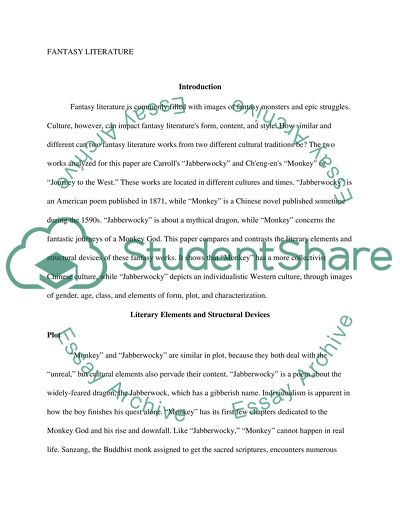Cite this document
(“Fantasy Literature and Fantastic Language: the Dragon and the Monkey Essay”, n.d.)
Retrieved de https://studentshare.org/literature/1430951-fantasy-literature-and-fantastic-language
Retrieved de https://studentshare.org/literature/1430951-fantasy-literature-and-fantastic-language
(Fantasy Literature and Fantastic Language: The Dragon and the Monkey Essay)
https://studentshare.org/literature/1430951-fantasy-literature-and-fantastic-language.
https://studentshare.org/literature/1430951-fantasy-literature-and-fantastic-language.
“Fantasy Literature and Fantastic Language: The Dragon and the Monkey Essay”, n.d. https://studentshare.org/literature/1430951-fantasy-literature-and-fantastic-language.


